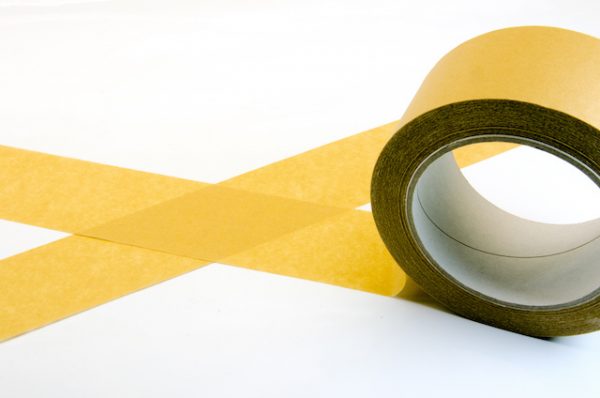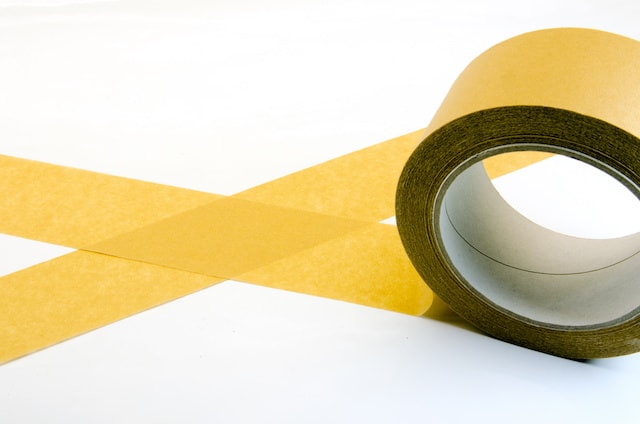
Light-weighting is a popular topic in a variety of industries including transportation, general industrial applications, and even the building and construction market. In transportation applications, the reduction in fuel consumption is a primary driver along with the associated environmental impact. However there are other benefits to light-weighting initiatives- reduced costs, flexible product designs, and improved product performance.
Light-weighting strategies typically rely on the use of plastics, foams and thinner metals. It is critical to understand the bonding and assembly challenges associated with these material choices.
Let’s take a look at some of the main challenges of bonding and assembly in a new lightweight design and see how adhesives and tapes can assist the design engineer.
Dissimilar Materials
New lightweight designs often involve the bonding of two dissimilar materials such as a foam or plastic and a light gauge metal. These materials not only possess very different weights but more importantly vastly different chemistries. The metal might exhibit a high surface energy and be relatively easy to bond to with an adhesive while the foam or plastic might have much lower surface energy. The goal is to achieve structural strength and integrity while avoiding concentrating stress in any one area.
Obviously it is not easy to weld plastic to metal so that method is not feasible. Rivets or other mechanical fasteners add weight and the holes associated with them can create an ingress path for moisture, air, or dirt and create weaknesses. Adhesives and tapes typically weigh less than mechanical fasteners and they enable stress to be distributed along the entire joint.
Bond and Seal In One Step
Mechanical fasteners typically involve drilling or punching holes into the materials. Those holes can lead to moisture ingress, airflow, or create an initiation point for corrosion.
Adhesives and tapes can bond and seal large or small surface areas. They are often both watertight and airtight while still providing a strong, lightweight bond.
Thermal Expansion and Contraction
Materials expand or contract as the ambient temperature changes and they often do so at very different rates which can produce stress in the bonded area.
Mechanical fasteners tend to concentrate stress in one area. When that area is stressed by thermal expansion or contraction, there is no ability for the fastener to absorb or redirect any of the stress and material fracturing can occur. When this happens pathways are opened for water and air ingress
Tapes and adhesives are able to bond materials with different coefficients of thermal expansion and contraction with superior bonding performance.
Noise, Vibration and Harshness (NVH)
The automotive industry first comes to mind when thinking about reducing all those unwanted rattles, vibrations, engine noise, etc… but that is not the only industry where this is important. The truck and utility trailer industry along with the fire and emergency vehicle market is constantly trying to extend trailer or emergency vehicle service life and all those rattles and vibrations cause wear and tear on components over an extended time period.
Tapes and adhesives excel with NVH problems. Tapes in particular are viscoelastic meaning that they exhibit both viscous and elastic properties when undergoing stress and deformation. This property allows the tape to turn vibrational energy into heat and reduce or eliminate the vibration.
Aesthetic Considerations
Looks matter. Rivets, bolts, screws, and holes affect the visual design and can sometimes detract from the overall product appearance.
Adhesive and tape bonded joints are largely invisible. The tape or adhesive is hidden between the bonded materials. The surfaces stay smooth for any additional finishes or graphic application.
The Right Adhesive or Tape System
Using adhesives and tapes for light-weighting requires an understanding of the overall design objectives and the subsequent assembly processes. It is not hard but with a knowledge of the basics and an understanding the capabilities of different adhesives success is very achievable.
Adhesive technology has progressed tremendously in recent year and systems that address light-weighting bonding challenges with different materials, thermal expansion rates, flexibility and environmental exposures are readily available. Adhesives are delivered in different form factors including liquids, sprays, and tapes making them easier to integrate into an assembly process.
Light-weighting will continue to be a dominant trend in product design. Selecting the best possible bonding method will play a more critical role as designers and engineers try to remove as much weight as possible. The good news is that adhesives and tapes are an enabling technology, one that can help companies solve light-weighting challenges for years to come.

